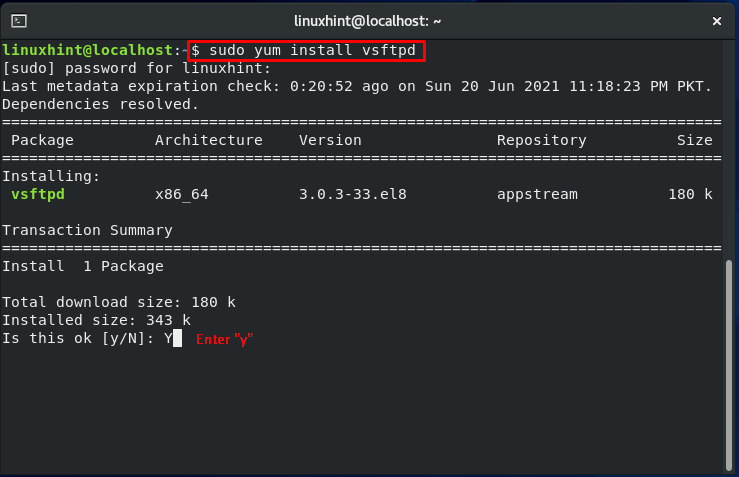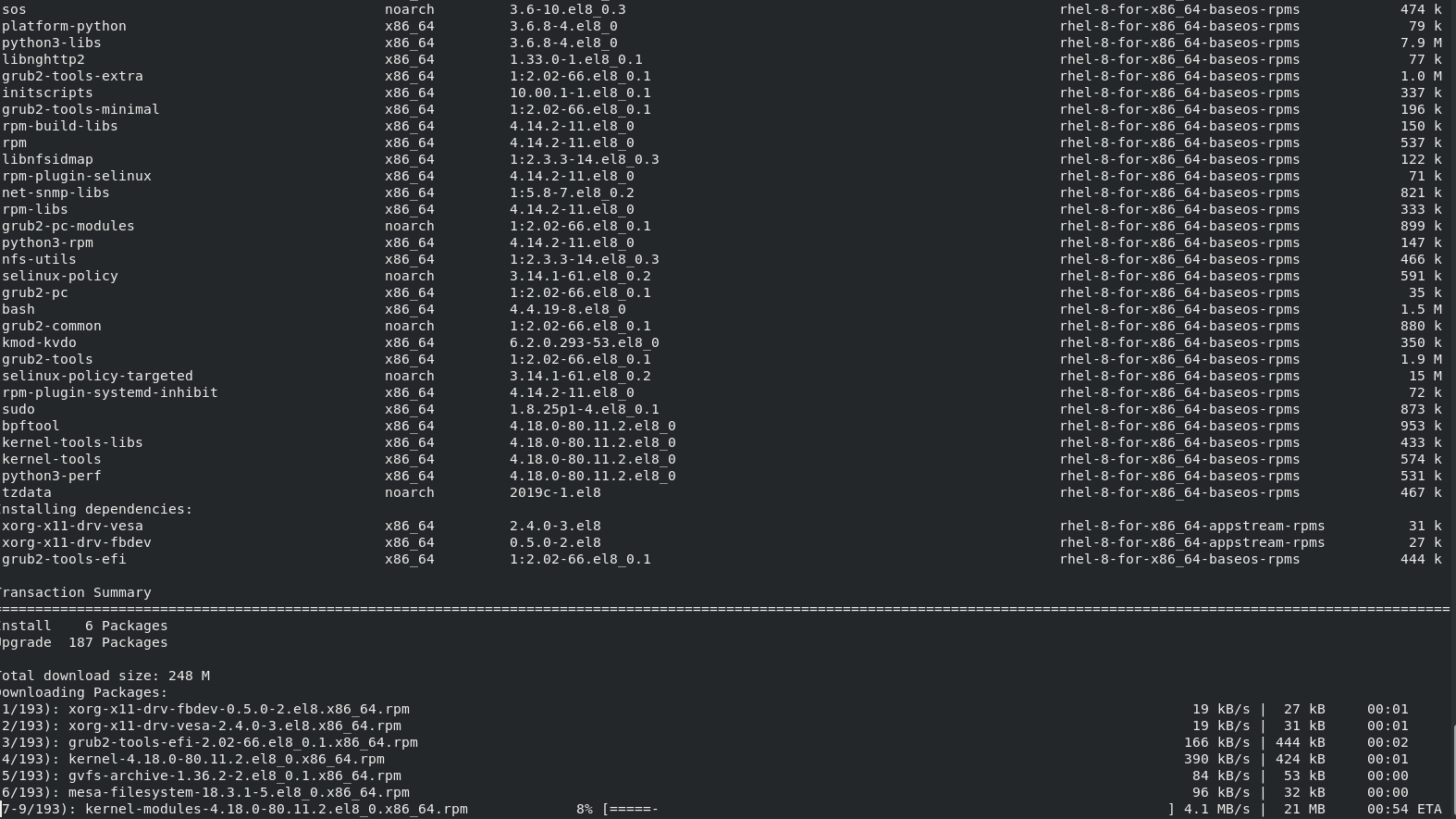
This can get tedious if you’re using Docker often. You must usually prefix Docker commands with sudo. Install Docker: sudo yum install docker-ce docker-ce-cli containerd.io Using Docker Without Sudo Install Docker: sudo dnf install docker-ce docker-ce-cli containerd.io CentOSĪdd Docker’s package repository: sudo yum -y install yum-utils Now you can install Docker: sudo apt-get install docker-ce docker-ce-cli containerd.io FedoraĪdd Docker’s package repository: sudo dnf -y install dnf-plugins-core Next, add Docker’s repository GPG key: curl -fsSL | sudo gpg -dearmor -o /usr/share/keyrings/docker-archive-keyring.gpgĪdd the repository to your sources and update your package lists: echo "deb $(lsb_release -cs) stable" | sudo tee /etc/apt//docker.list > /dev/null Sudo apt-get install apt-transport-https ca-certificates curl gnupg lsb-release

rpm packages and automatically resolves any dependencies during installation.Begin by adding dependencies needed by the installation process: sudo apt-get update YUM manages packages either from software repositories (local or remote) or from. The tool installs, updates, manages and removes software packages. YUM ( Yellowdog Updater, Modified) is an open-source package management system designed for RPM-based distributions (systems such as RHEL, CentOS, or its successor Rocky Linux). The sections below explain each package manager in detail and show examples of basic YUM and APT usage. YUM allows any changes to be rolled back.Īllows changes to be rolled back by specifying the version you want to downgrade to.

The sudo apt upgrade command is used to upgrade all packages to the latest stable version. The yum update command is used to upgrade the installed packages to the latest version. etc/apt/apt.conf file organized in a tree with options organized into functional groups. allows users to set YUM options with global and repository-specific effects. Red-Hat-based distros, such as RHEL, Fedora, CentOS, Rocky Linux, OpenSUSE, etc.ĭebian and Ubuntu-based distros, such as Debian, Ubuntu, Lubuntu, Kubuntu, etc. The following table shows an overview of the crucial differences between YUM and APT: Package Manager


However, some key differences set the two package managers apart. Both tools keep the information in a database and provide the same basic command-line features. YUM and APT offer the same core functionalities when it comes to installing packages.


 0 kommentar(er)
0 kommentar(er)
